Home>Storage & Organization>Kitchen Organizing Tools>Why Can’t You Clean A Litter Box With Bleach?
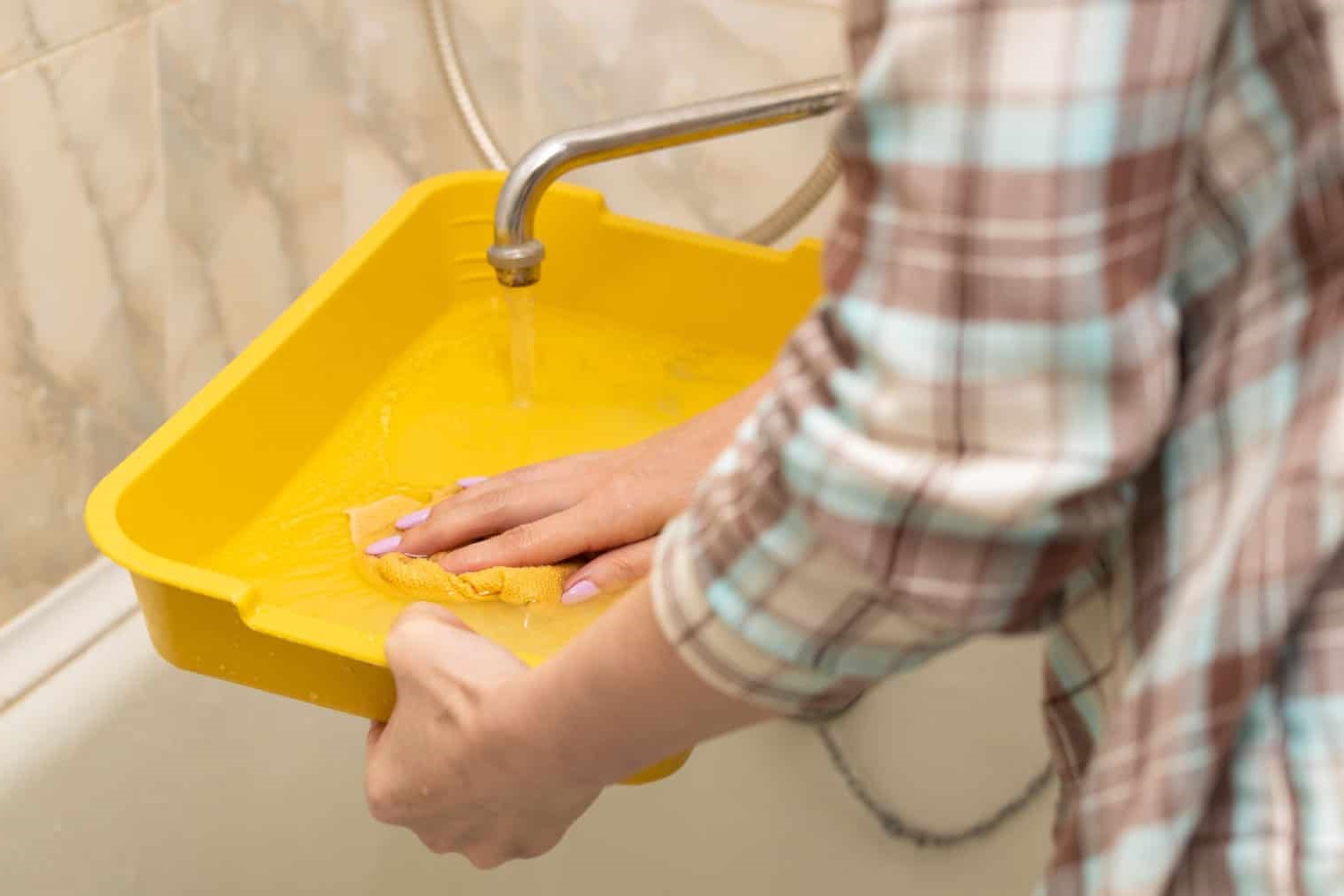

Kitchen Organizing Tools
Why Can’t You Clean A Litter Box With Bleach?
Published: February 23, 2024
Discover why using bleach to clean a litter box is not recommended and explore alternative kitchen organizing tools for a cleaner and safer environment. Unlock effective solutions now!
(Many of the links in this article redirect to a specific reviewed product. Your purchase of these products through affiliate links helps to generate commission for Storables.com, at no extra cost. Learn more)
Introduction
Cleaning a litter box is an essential part of maintaining a healthy and hygienic environment for our feline friends. However, when it comes to choosing the right cleaning products, it's crucial to be well-informed about the potential risks and hazards associated with certain chemicals. One common misconception is the use of bleach for cleaning litter boxes. While bleach is a powerful disinfectant, it can pose serious dangers when combined with ammonia, a common component of cat urine.
In this article, we will delve into the chemistry behind the interaction of ammonia and bleach, uncovering the reasons why these two substances should never be mixed. By understanding the chemical reactions that occur and the potential health risks involved, we can make informed decisions about safer alternatives for effectively cleaning and maintaining our feline companions' litter boxes.
Join us as we explore the fascinating world of chemical reactions and discover the safer cleaning methods that will keep our homes clean and our beloved pets healthy and happy. Let's embark on this enlightening journey to unravel the mysteries of ammonia, bleach, and the art of responsible litter box maintenance.
Key Takeaways:
- Mixing ammonia and bleach creates toxic gases harmful to humans and pets. Safer alternatives like vinegar, baking soda, and enzyme-based cleaners provide effective and pet-friendly options for cleaning litter boxes.
- Understanding the dangers of chemical reactions in cleaning products helps pet owners make informed choices to protect their pets and themselves. Prioritizing safe and natural alternatives ensures a healthy and harmonious environment for feline companions.
Read more: Why Cant You Recycle Pizza Boxes
The Chemistry of Ammonia and Bleach
When it comes to understanding the potential dangers of mixing ammonia and bleach, it's essential to grasp the underlying chemical reactions that occur when these two substances are combined. Ammonia, commonly found in cat urine, is a compound composed of nitrogen and hydrogen atoms. On the other hand, bleach typically contains sodium hypochlorite, a powerful oxidizing agent. When these two substances come into contact, a series of chemical reactions take place, leading to the formation of toxic byproducts.
The reaction between ammonia and bleach results in the release of chloramine gas, a noxious and potentially lethal compound. This gas is formed when the chlorine in bleach reacts with the nitrogen in ammonia. Additionally, the reaction can also produce other harmful substances, such as hydrazine, nitrogen trichloride, and dichloramine. These compounds are known for their toxic properties and can have serious health implications when inhaled or exposed to the skin.
Chloramine gas, in particular, poses a significant threat to respiratory health. When inhaled, it can irritate the respiratory tract, leading to coughing, chest tightness, and difficulty breathing. Prolonged exposure to chloramine gas can cause severe damage to the lungs and may result in respiratory distress. Furthermore, the toxic byproducts generated from the ammonia-bleach reaction can also have corrosive effects on surfaces and may pose a risk to the skin and eyes upon contact.
Understanding the chemical nature of ammonia and bleach and the potentially harmful compounds they can produce when mixed underscores the importance of exercising caution when cleaning litter boxes. By being aware of these chemical reactions, pet owners can make informed decisions to safeguard their health and that of their beloved feline companions.
In the next section, we will delve deeper into the specific dangers of mixing ammonia and bleach, shedding light on the potential risks and health hazards associated with this hazardous combination. Let's explore the implications of these chemical reactions and gain a deeper understanding of the dangers posed by the improper use of these cleaning agents.
Dangers of Mixing Ammonia and Bleach
The dangers of mixing ammonia and bleach cannot be overstated. When these two substances come into contact, a chemical reaction occurs, leading to the release of toxic compounds that pose serious health risks. One of the primary hazards associated with this combination is the formation of chloramine gas. This noxious gas can cause irritation to the respiratory system, leading to coughing, chest tightness, and difficulty breathing. Prolonged exposure to chloramine gas can result in severe damage to the lungs and may lead to respiratory distress.
In addition to chloramine gas, the reaction between ammonia and bleach can also produce other harmful byproducts, including hydrazine, nitrogen trichloride, and dichloramine. These compounds are known for their toxic properties and can have corrosive effects on surfaces. Furthermore, exposure to these substances can pose risks to the skin and eyes, leading to irritation and potential chemical burns.
It's important to note that the dangers of mixing ammonia and bleach extend beyond the immediate effects of inhaling toxic fumes. The resulting chemical compounds can linger in the air and on surfaces, posing a continued risk to both humans and pets. Furthermore, the corrosive nature of these byproducts can damage household surfaces and equipment, leading to potential long-term consequences.
The risks associated with the improper use of ammonia and bleach are particularly concerning in the context of cleaning litter boxes. Cat urine, which contains ammonia, may inadvertently come into contact with bleach if used as a cleaning agent. This scenario can lead to the rapid formation of toxic gases and compounds, putting both the pet owner and the cat at risk of exposure to harmful substances.
In light of these dangers, it is crucial for pet owners to exercise caution and avoid the simultaneous or sequential use of ammonia-based products and bleach when cleaning litter boxes or any other household surfaces. By understanding the potential risks and health hazards associated with mixing these substances, pet owners can take proactive measures to ensure the safety and well-being of themselves and their beloved feline companions.
As we continue our exploration of safer alternatives for cleaning litter boxes, it is essential to remain mindful of the potential dangers posed by certain cleaning agents. By making informed choices and adopting responsible cleaning practices, pet owners can create a safe and healthy environment for their pets while minimizing the risks associated with chemical exposure.
Tip: Avoid using bleach to clean a litter box as it can create harmful fumes when mixed with ammonia from cat urine. Instead, use a mixture of mild dish soap and hot water for safe and effective cleaning.
Safer Alternatives for Cleaning Litter Boxes
Given the potential risks associated with the use of ammonia and bleach for cleaning litter boxes, it is imperative to explore safer alternatives that effectively eliminate odors and maintain a hygienic environment for our feline companions. Fortunately, there are several pet-safe and environmentally friendly options that pet owners can consider when it comes to cleaning litter boxes.
-
Vinegar and Water Solution: A simple yet effective alternative to harsh chemical cleaners is a solution of white vinegar and water. Vinegar, known for its natural disinfectant properties, can help neutralize odors and inhibit the growth of bacteria. By mixing equal parts of water and vinegar in a spray bottle, pet owners can safely and efficiently clean the litter box and surrounding areas. After spraying the solution, allowing it to sit for a few minutes before wiping it clean can help ensure a thorough cleaning process.
-
Baking Soda: Another natural and non-toxic option for cleaning litter boxes is baking soda. This household staple is renowned for its odor-absorbing qualities and can be sprinkled directly into the litter box to help control unpleasant smells. Additionally, mixing baking soda with a small amount of water to form a paste can create a gentle yet effective cleaning agent for scrubbing the litter box surfaces.
-
Enzyme-Based Cleaners: Enzyme-based cleaners are specifically designed to break down organic matter, including pet waste and associated odors. These cleaners utilize natural enzymes to target and eliminate the source of odors, providing a safe and thorough cleaning solution for litter boxes. When using enzyme-based cleaners, it is important to follow the manufacturer's instructions for optimal results.
-
Natural, Fragrance-Free Soaps: For routine cleaning of litter boxes, pet owners can opt for mild, fragrance-free soaps that are free from harsh chemicals. These soaps can be diluted in water to create a gentle cleaning solution that effectively removes debris and maintains cleanliness without posing risks to pets or humans.
-
Hydrogen Peroxide: When used in a diluted form, hydrogen peroxide can serve as a safe and effective disinfectant for litter boxes. It can help eliminate germs and bacteria without the harmful chemical reactions associated with bleach. However, it is important to use hydrogen peroxide cautiously and in accordance with recommended dilution ratios to ensure safety.
By incorporating these safer alternatives into their cleaning routines, pet owners can prioritize the well-being of their pets while maintaining a clean and odor-free environment. These alternatives not only offer effective cleaning solutions but also contribute to a safer and healthier living space for both pets and their human companions.
As responsible pet owners, it is essential to stay informed about safe cleaning practices and make conscious choices to protect the health and well-being of our beloved pets. By embracing natural and pet-friendly cleaning alternatives, we can create a harmonious living environment that promotes the happiness and comfort of our feline friends.
Conclusion
In conclusion, the importance of responsible and informed cleaning practices for maintaining litter boxes cannot be overstated. The potential dangers of mixing ammonia and bleach highlight the critical need for pet owners to prioritize safety and well-being when selecting cleaning agents. By understanding the chemical reactions that occur and the associated health hazards, pet owners can make informed decisions to protect themselves and their beloved feline companions.
The chemistry of ammonia and bleach reveals the intricate nature of chemical reactions and the formation of toxic byproducts. The release of chloramine gas and other harmful compounds underscores the risks posed by the improper use of these substances. Furthermore, the dangers extend beyond immediate exposure, emphasizing the need for caution and awareness of the lingering effects of toxic byproducts.
Exploring safer alternatives for cleaning litter boxes provides pet owners with a range of effective and pet-safe options. From natural solutions such as vinegar and baking soda to enzyme-based cleaners and mild soaps, there are numerous alternatives that offer thorough cleaning without compromising the health of pets or humans. By incorporating these alternatives into their cleaning routines, pet owners can create a safe and hygienic environment for their feline companions.
Ultimately, the well-being of our pets is intricately linked to the choices we make as responsible pet owners. By prioritizing safe and pet-friendly cleaning practices, we can ensure that our homes are not only clean and odor-free but also free from the potential risks associated with toxic chemical reactions. Embracing natural and environmentally friendly cleaning alternatives aligns with our commitment to providing a safe and nurturing environment for our beloved pets.
As we navigate the realm of pet care and maintenance, it is essential to remain vigilant and informed about the potential hazards of certain cleaning agents. By staying educated and making conscious choices, we can create a harmonious living space that promotes the health, happiness, and well-being of our feline companions. Let us continue to prioritize responsible cleaning practices and uphold the safety and comfort of our pets as integral members of our families.
Frequently Asked Questions about Why Can't You Clean A Litter Box With Bleach?
Was this page helpful?
At Storables.com, we guarantee accurate and reliable information. Our content, validated by Expert Board Contributors, is crafted following stringent Editorial Policies. We're committed to providing you with well-researched, expert-backed insights for all your informational needs.
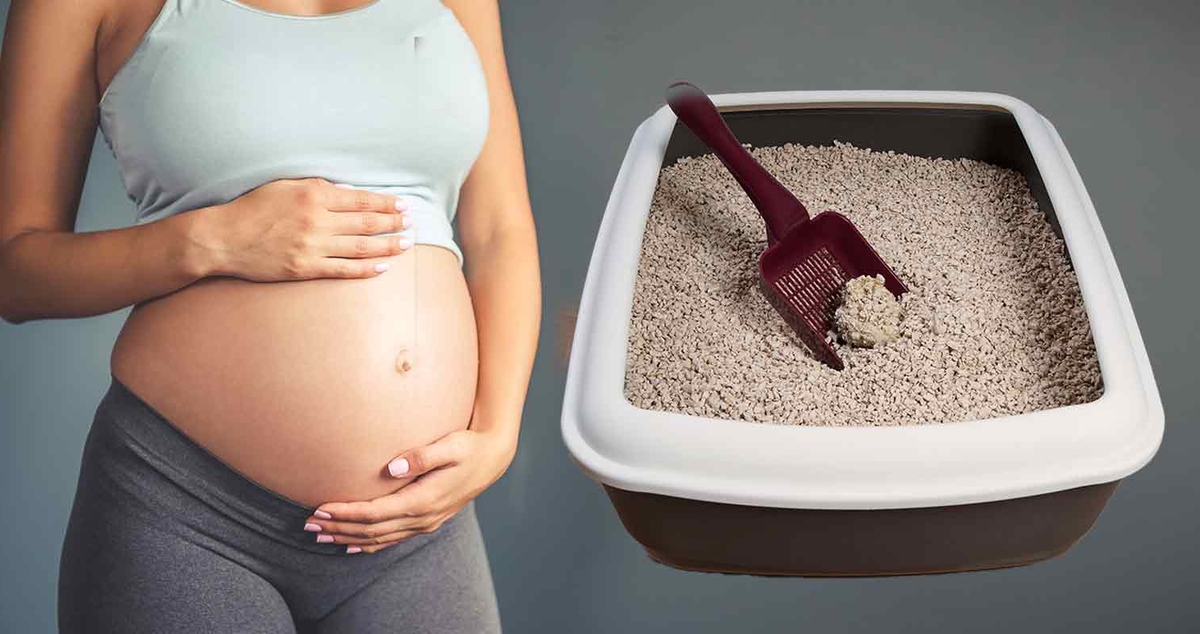
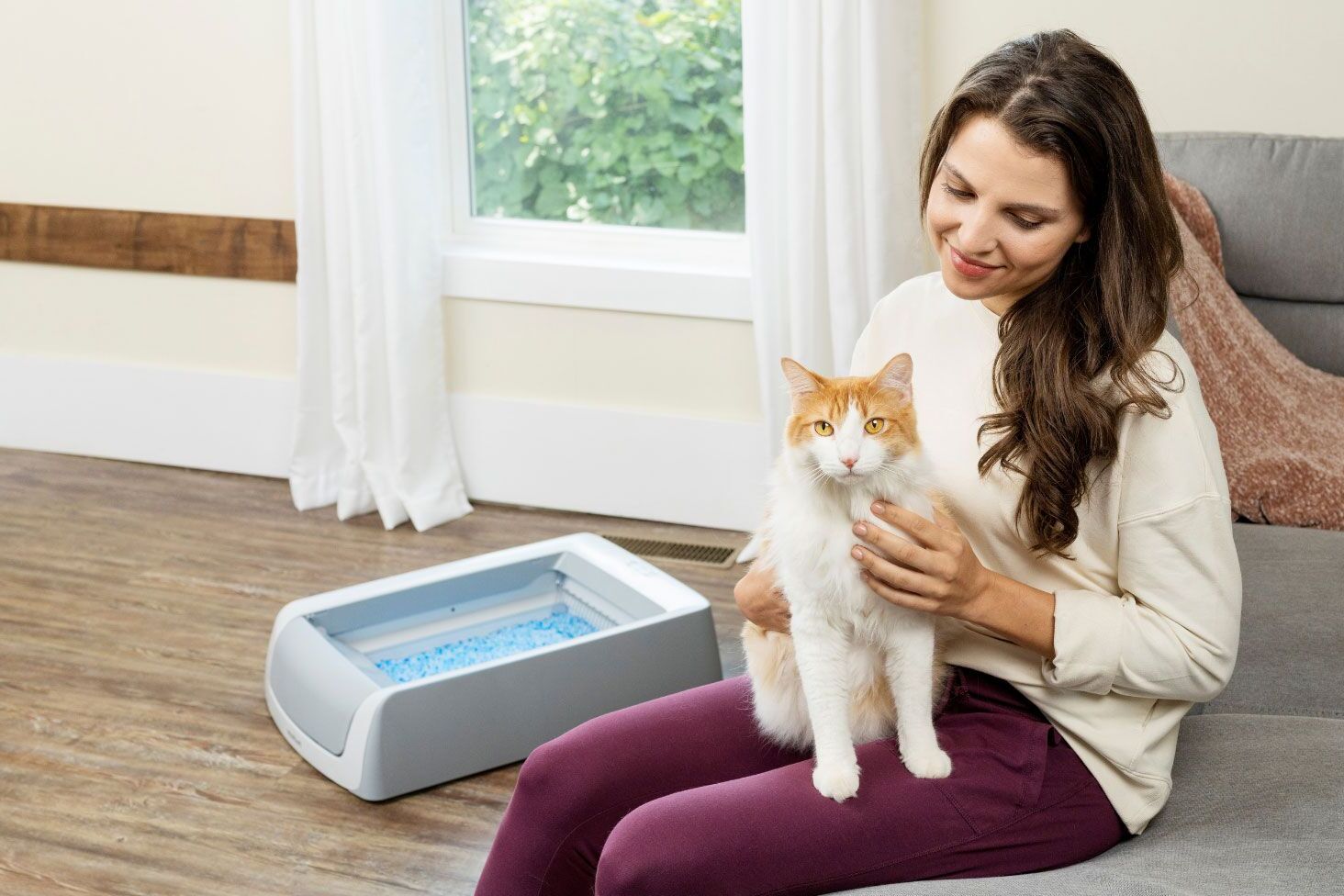
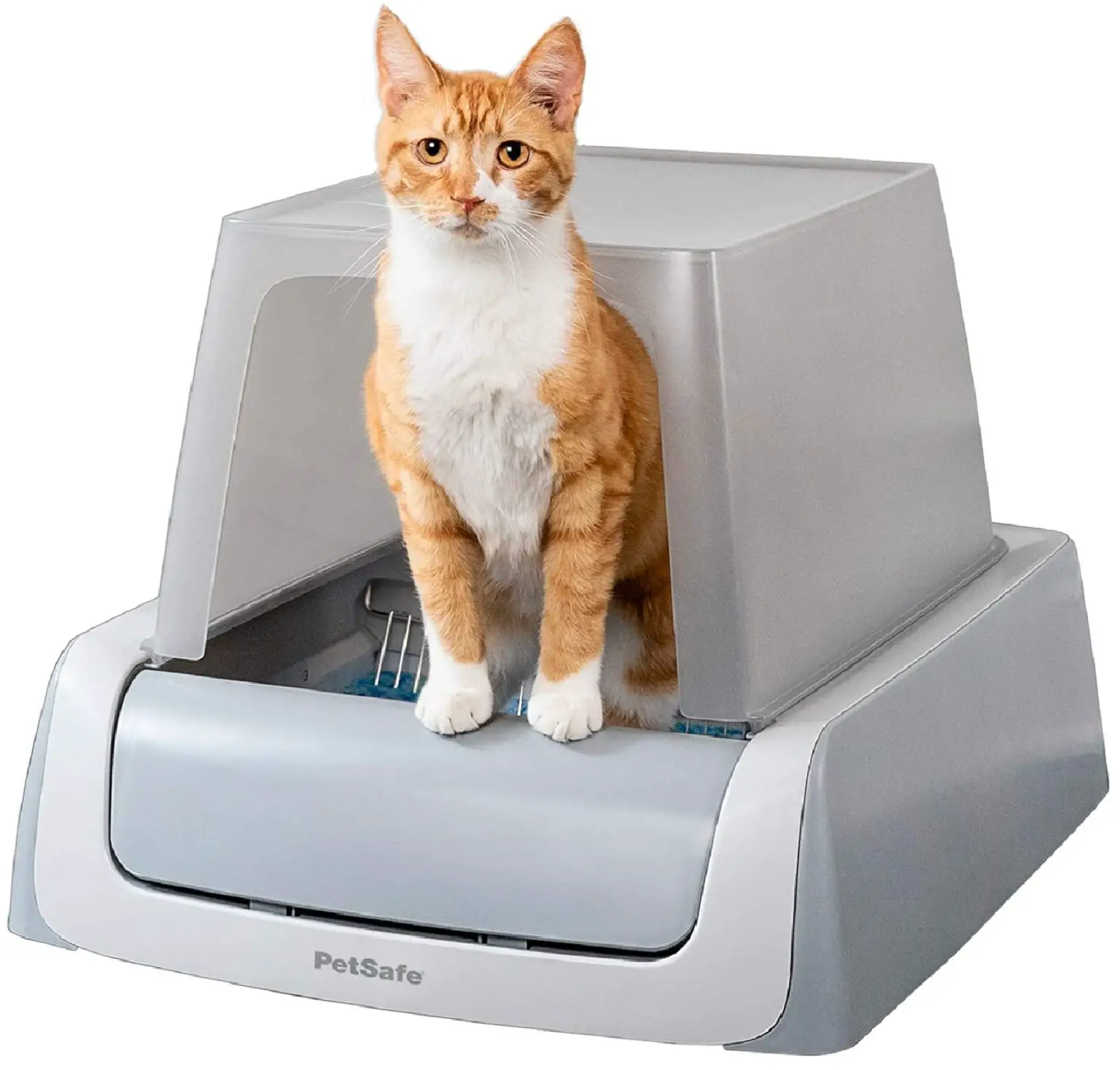
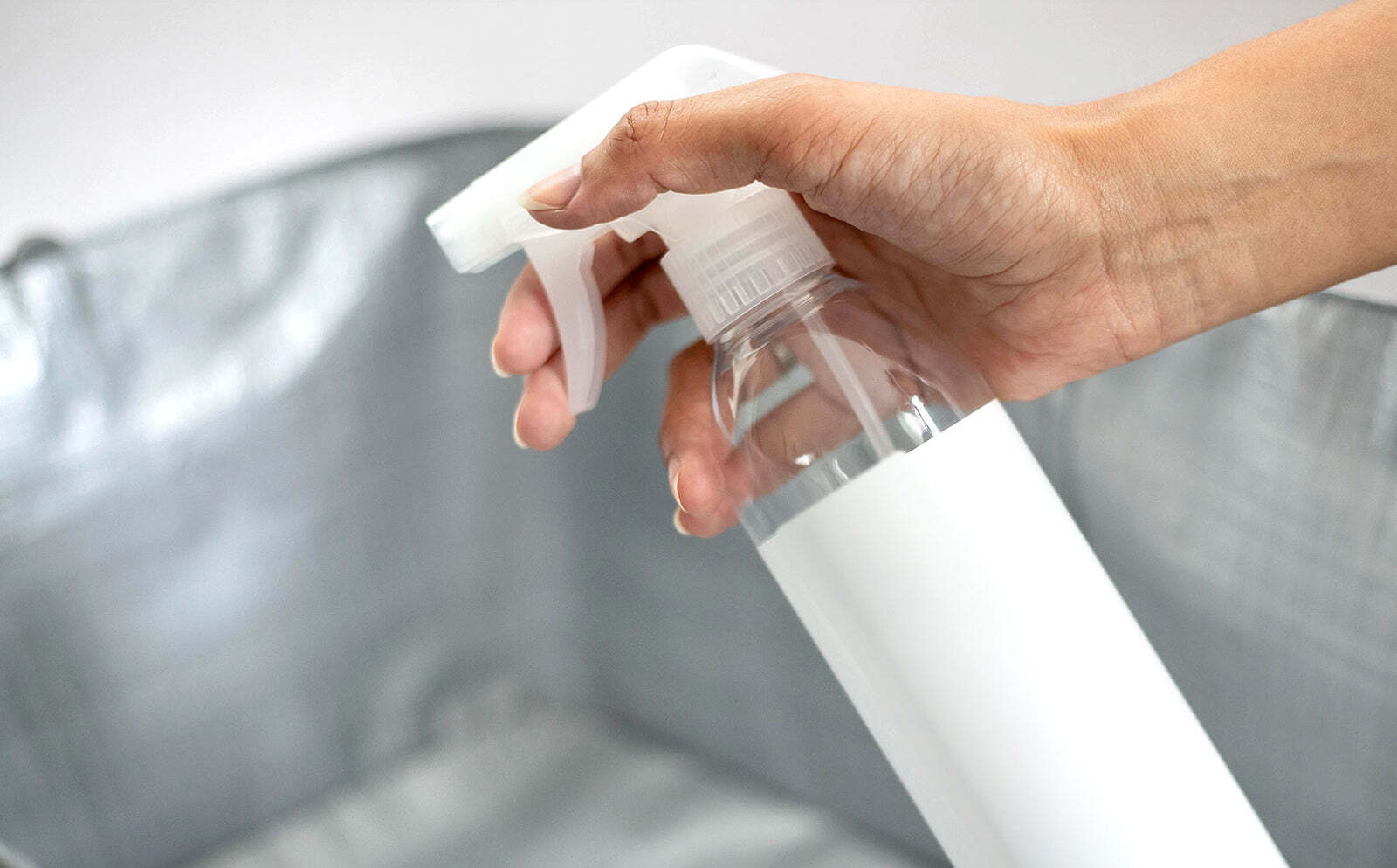
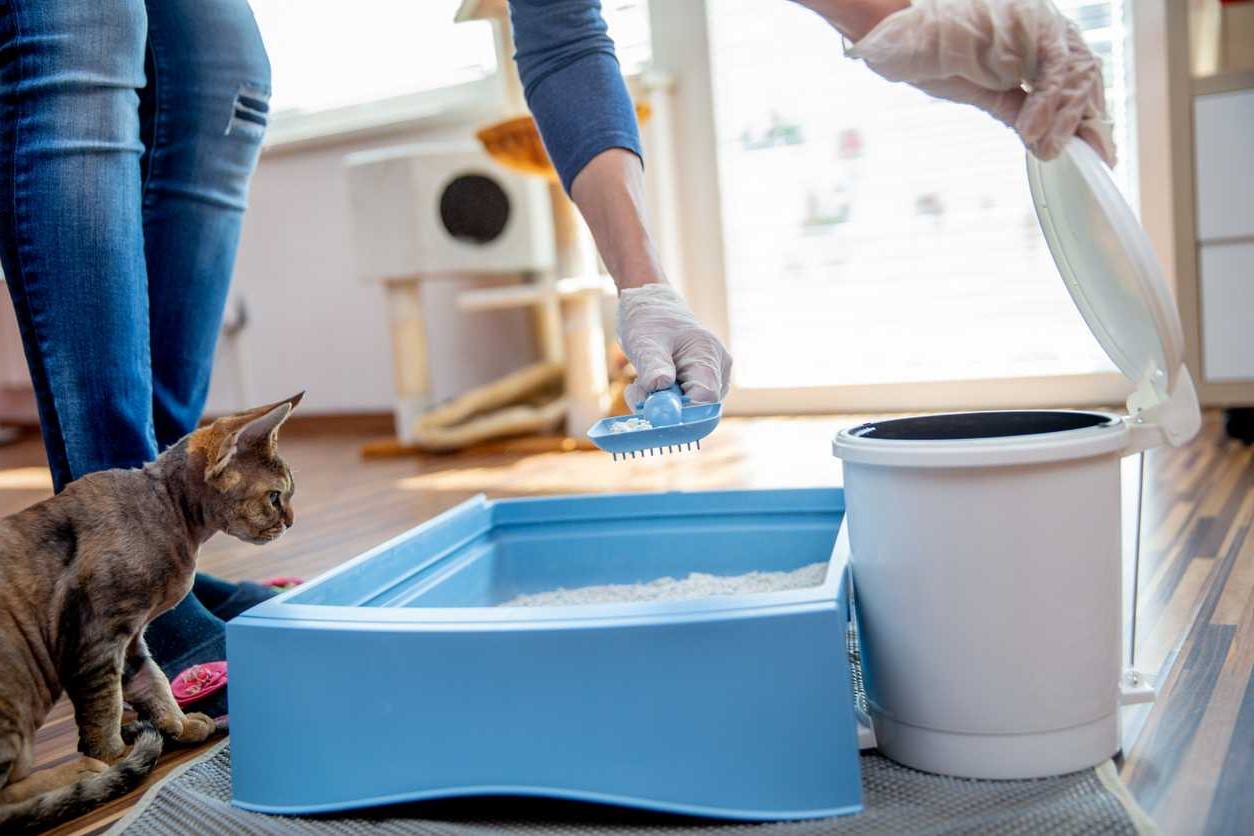
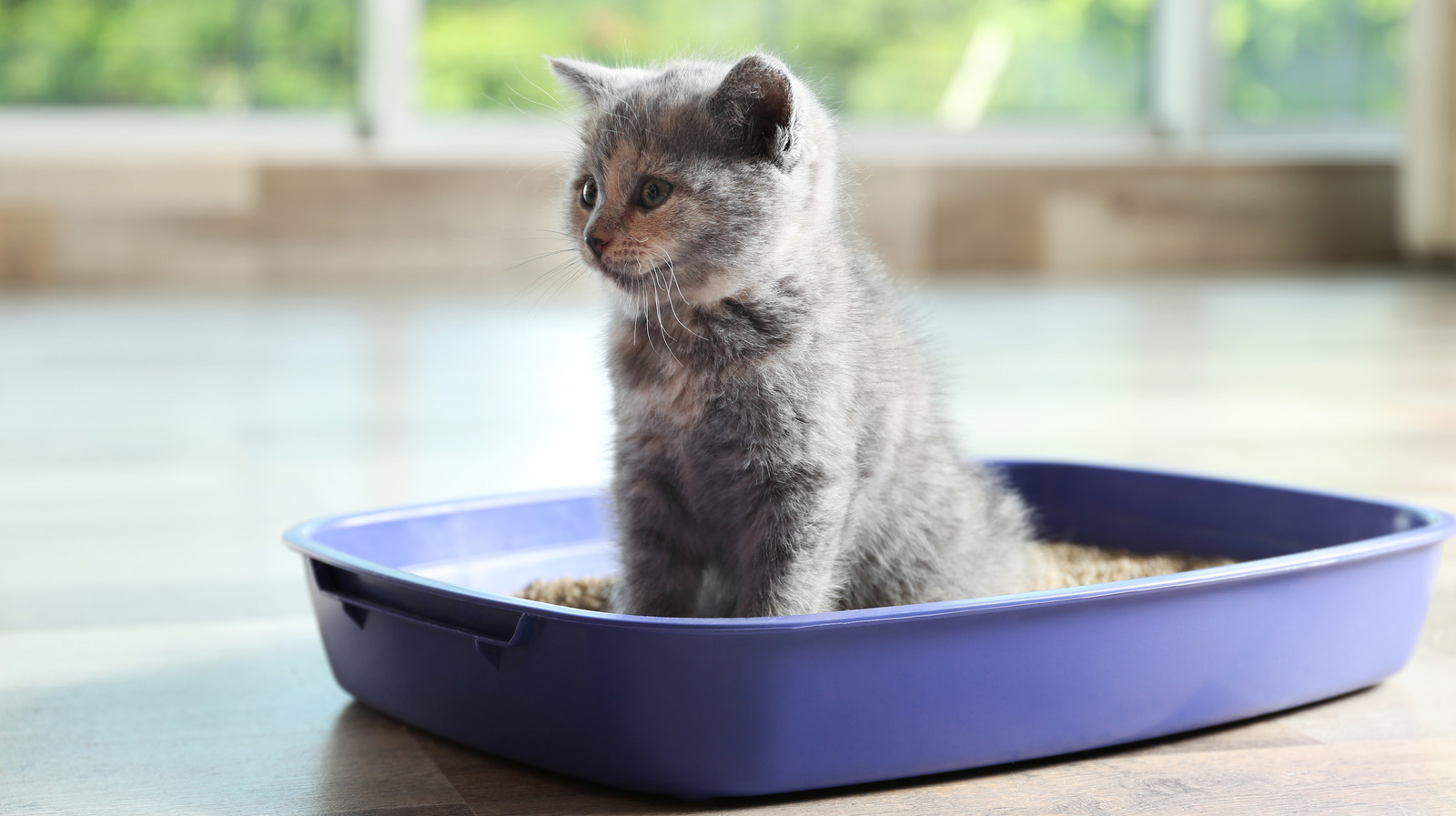
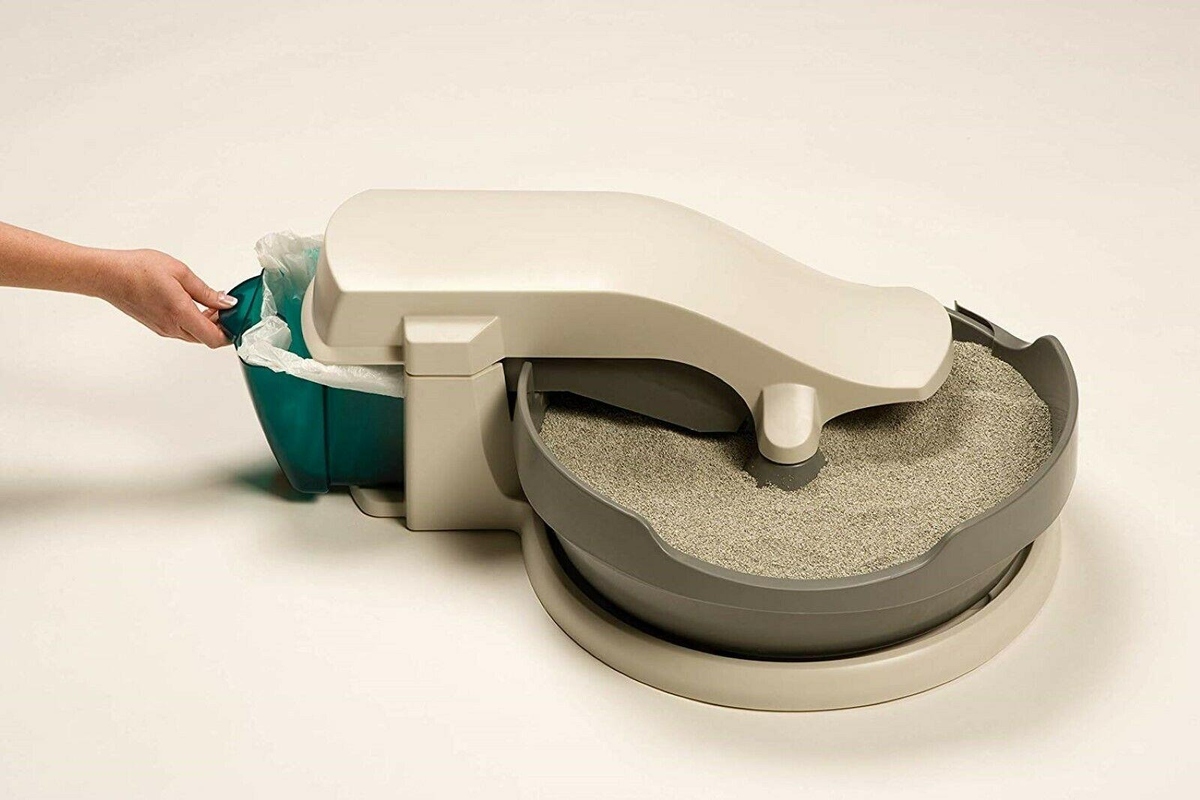
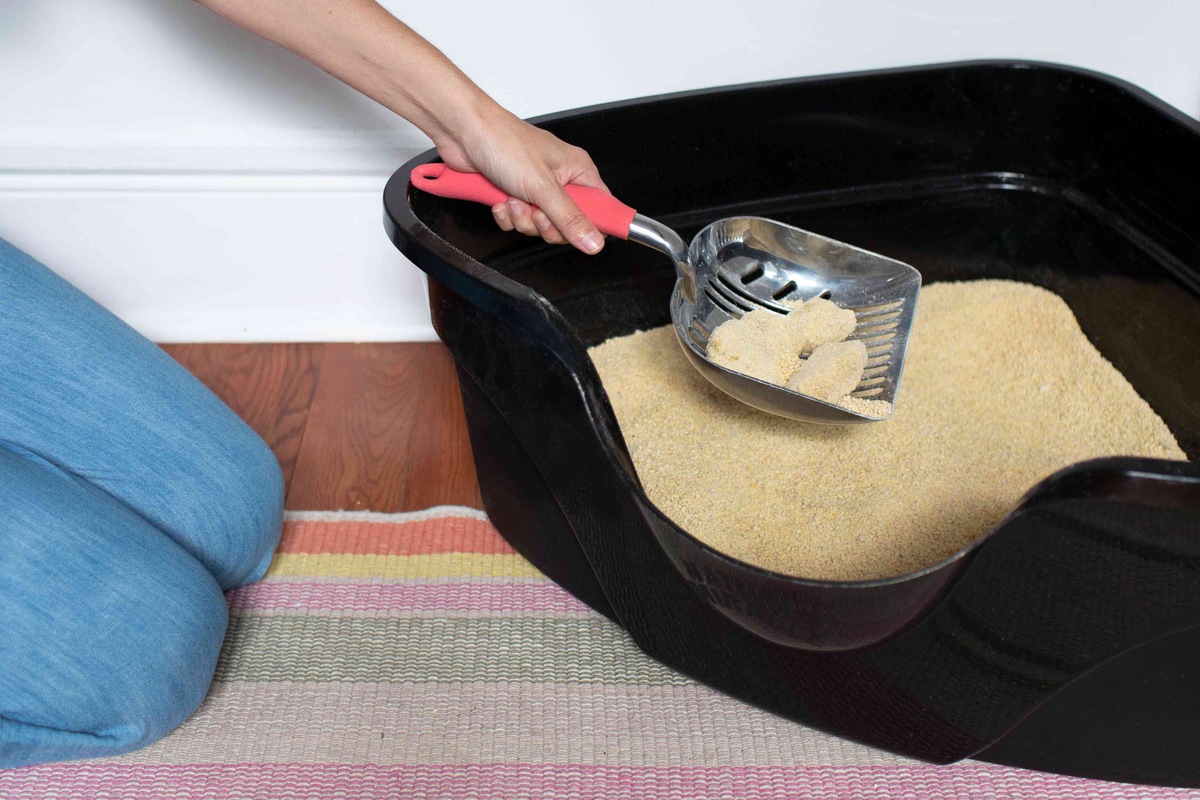
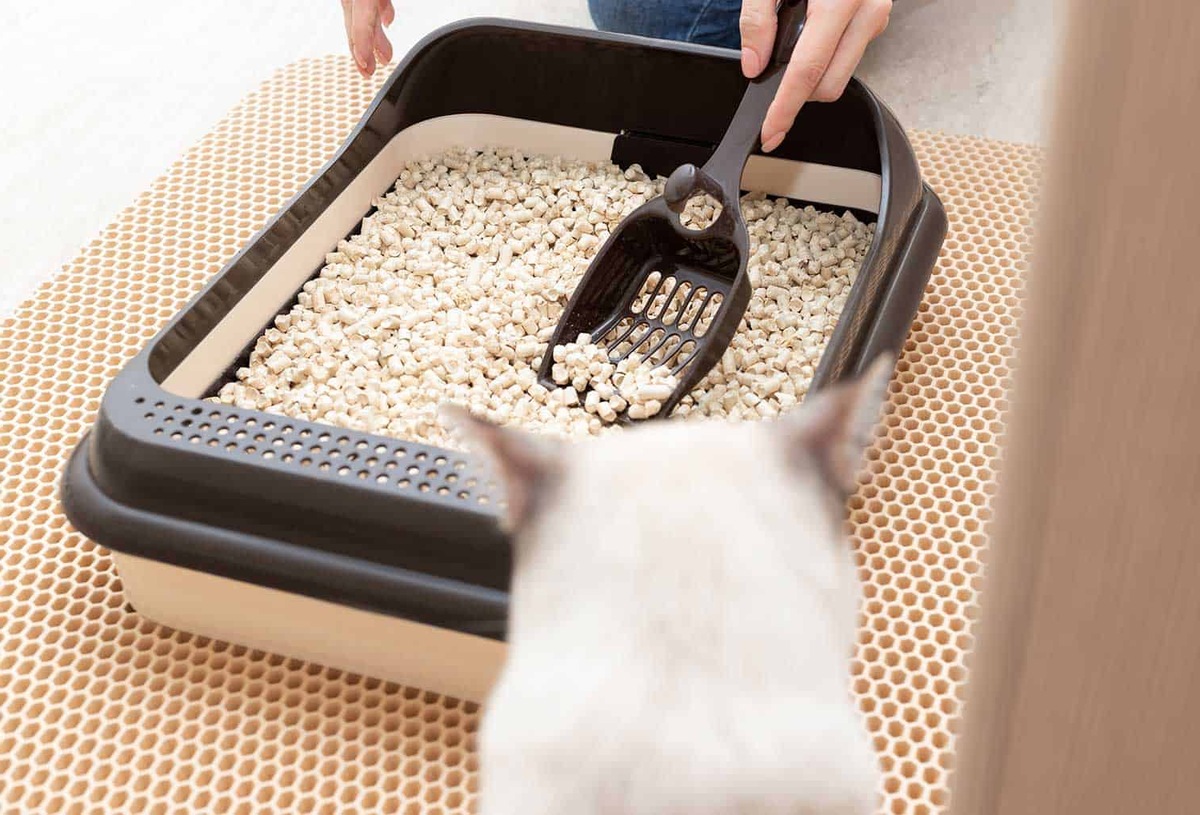
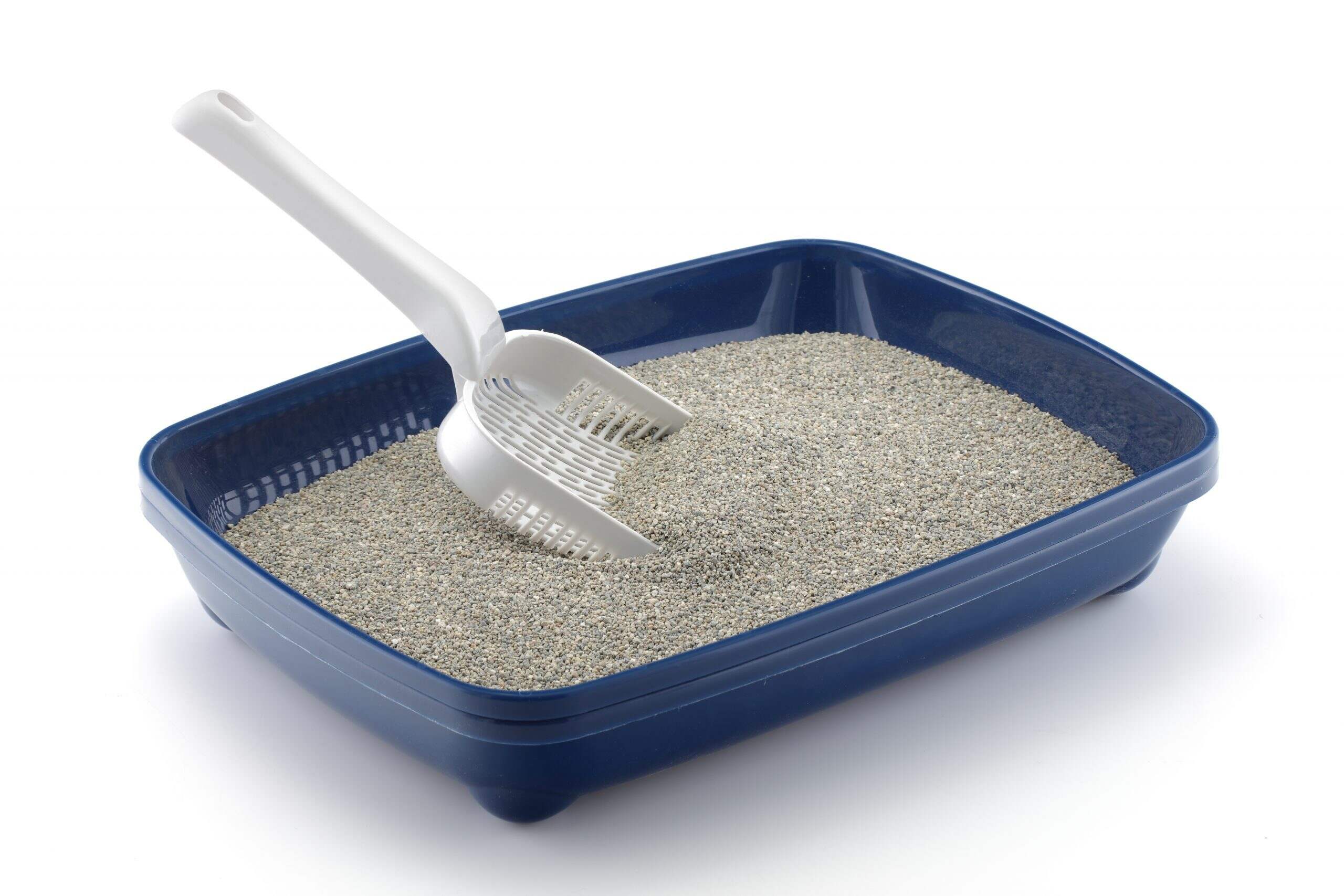
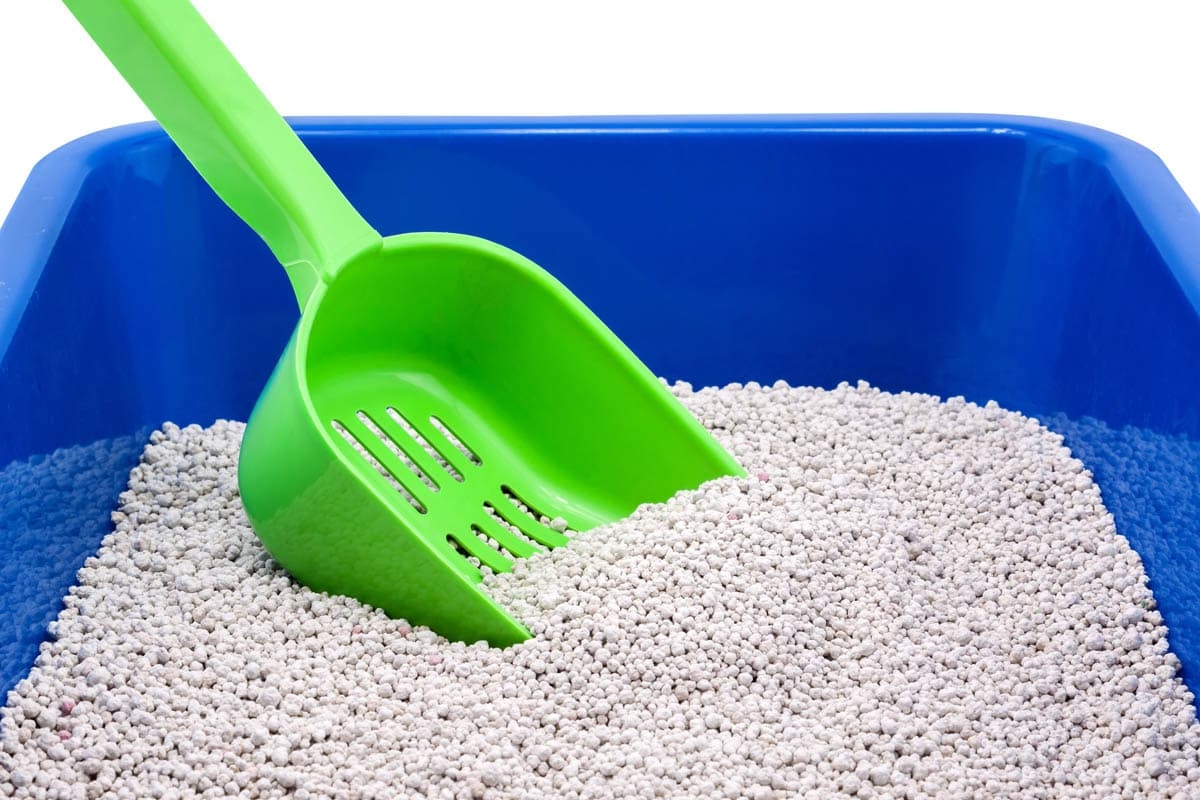
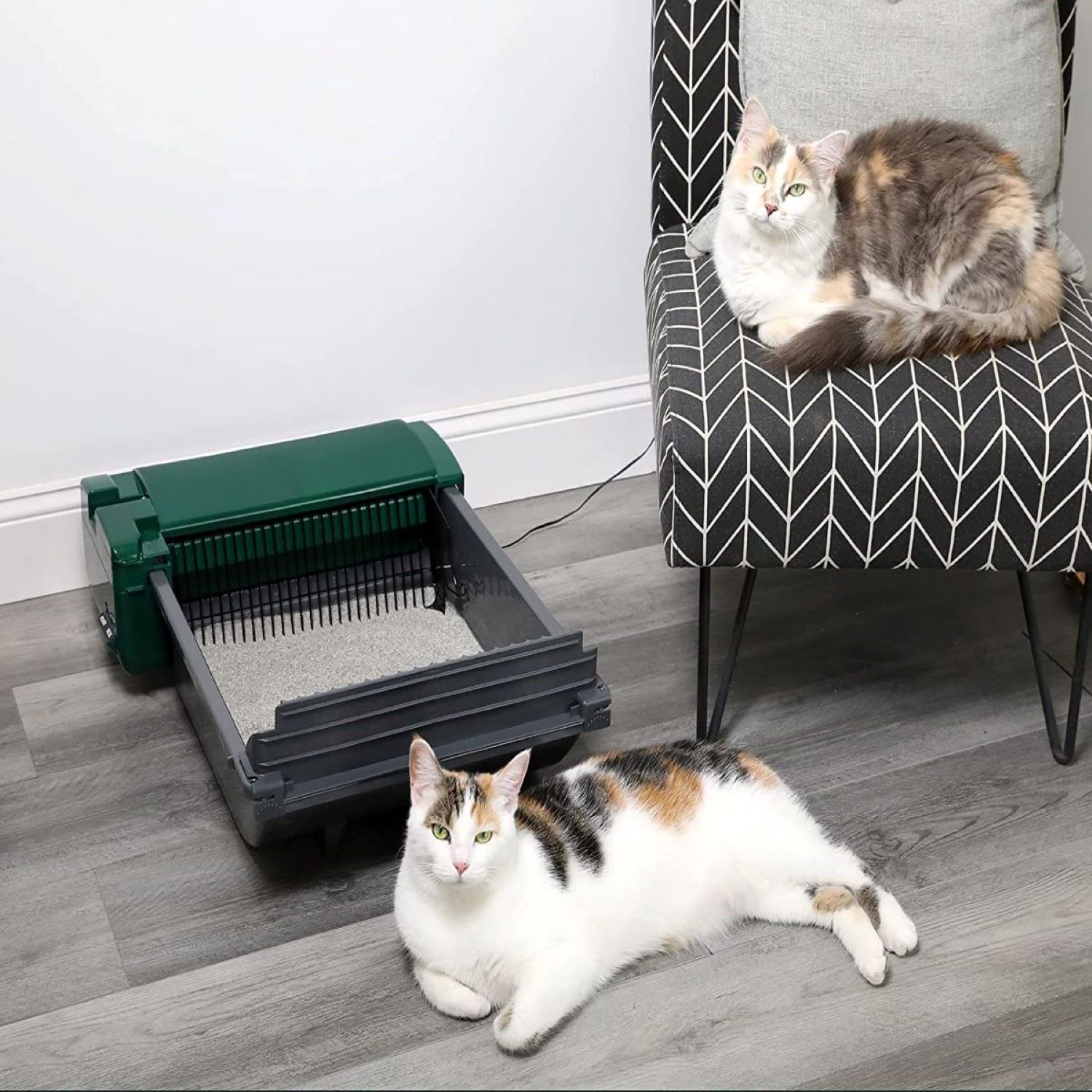
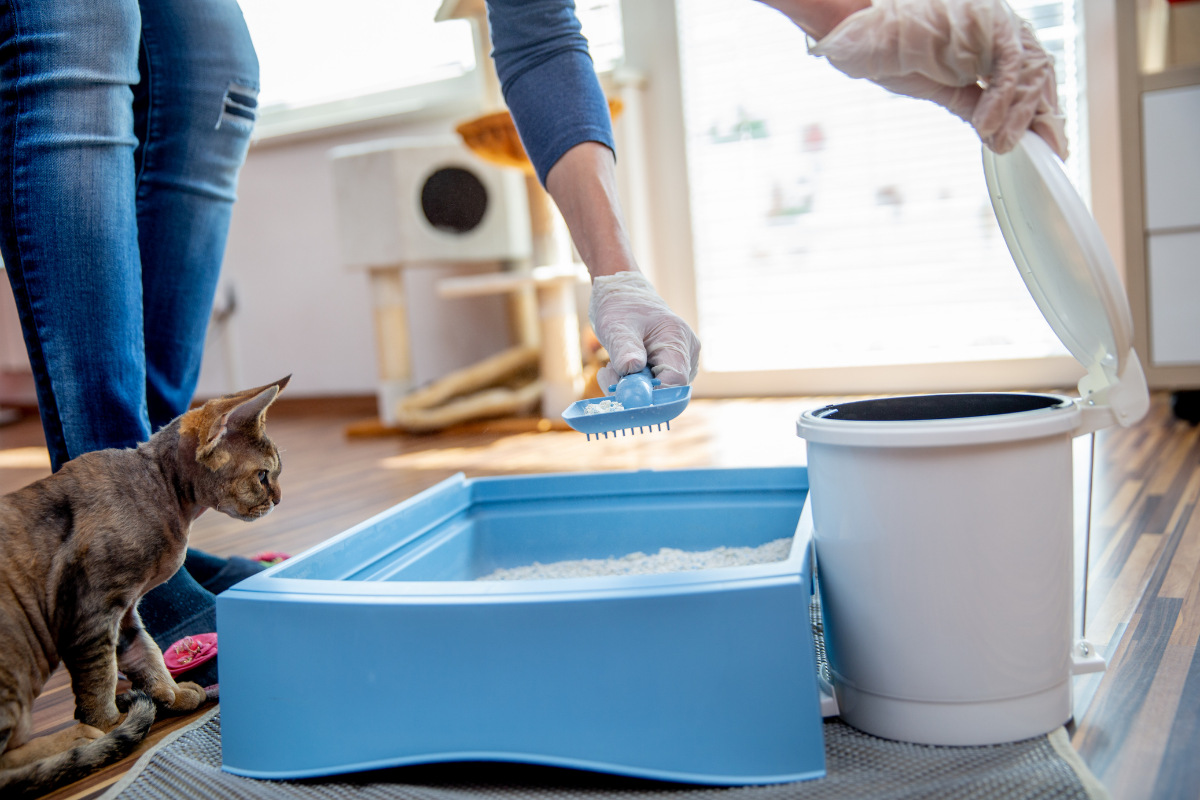
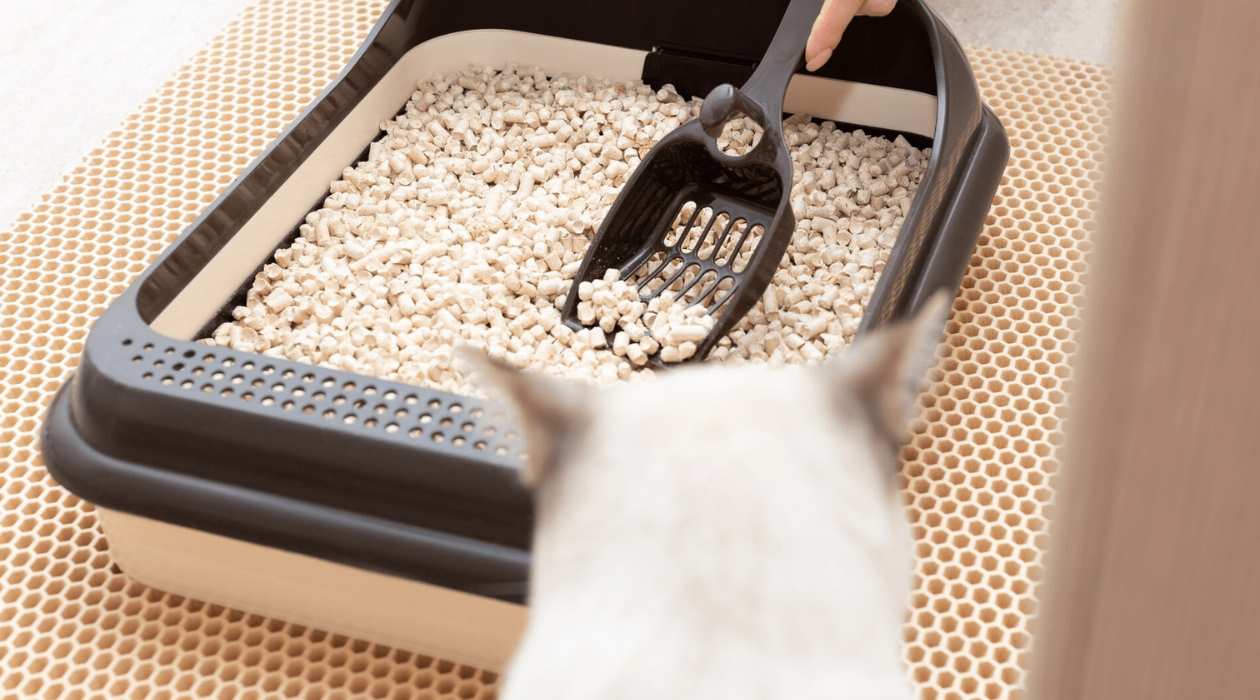
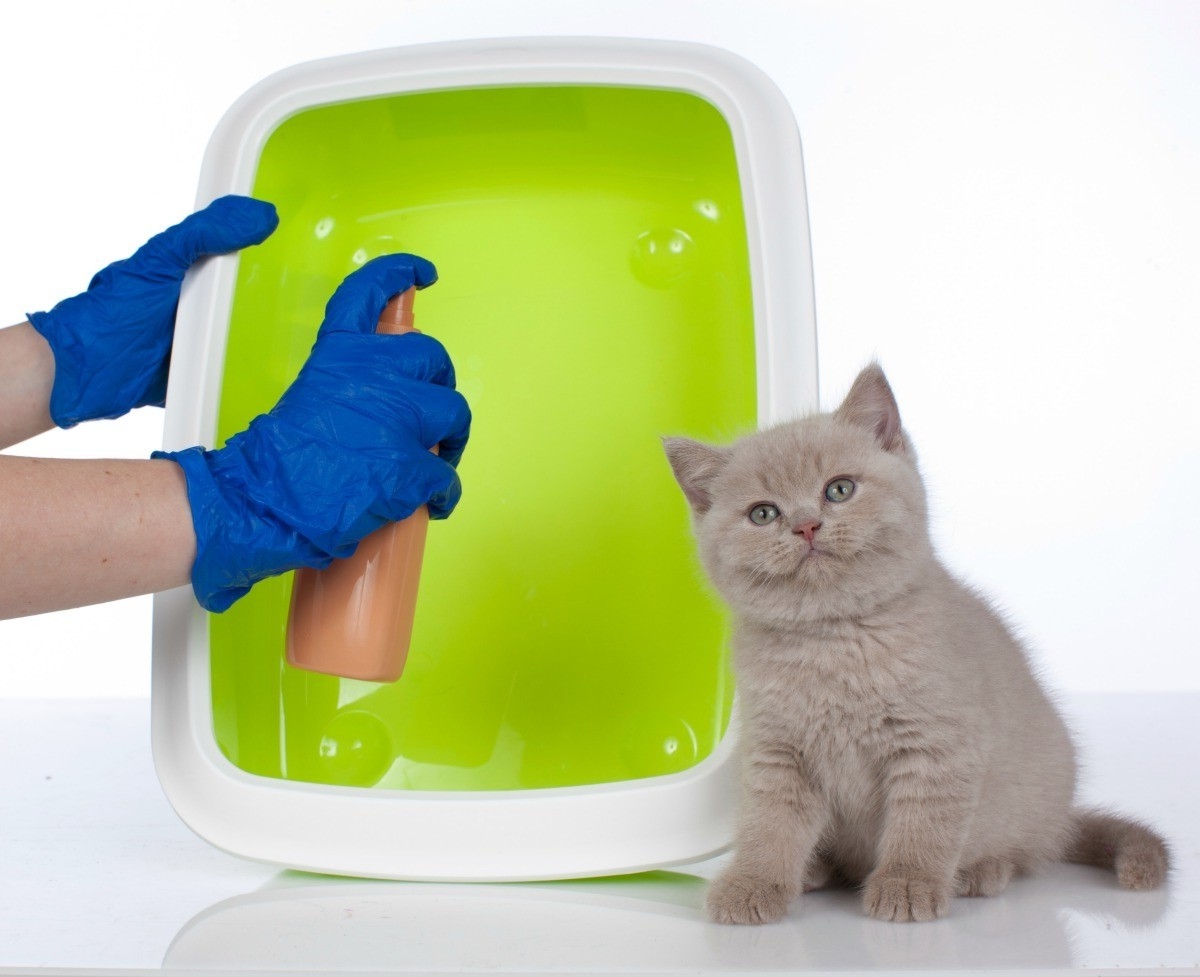

0 thoughts on “Why Can’t You Clean A Litter Box With Bleach?”